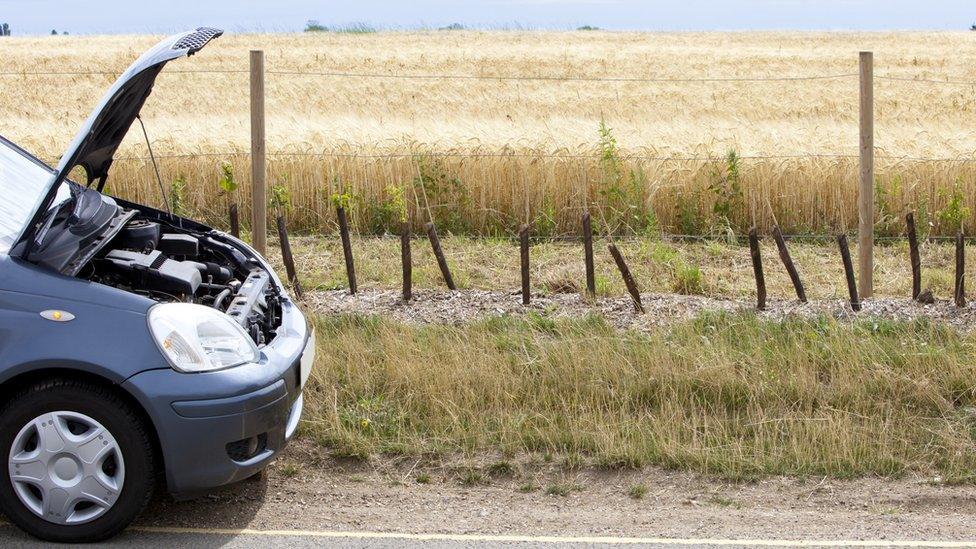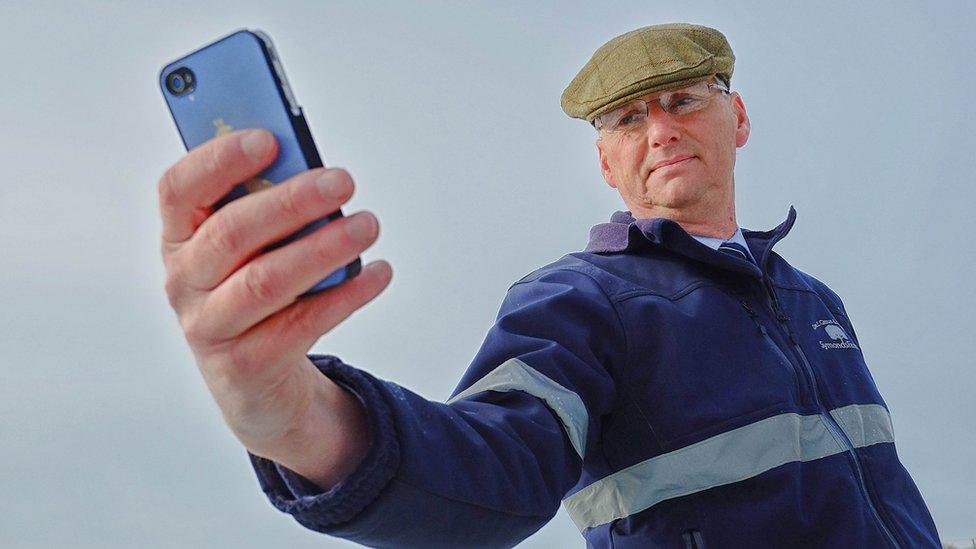Ofcom to crowdsource UK mobile coverage
- Published

Bad mobile coverage can be frustrating for consumers
Regulator Ofcom is calling on the UK's 20 million Android users to help build a map of the UK's mobile coverage.
Users are being asked to download an app, external that will automatically measure voice-call reliability, signal strength and data speeds.
The data - which will be anonymised - will form part of a detailed comparison study of telecoms operators in 2017.
There will be no iPhone version due to its restrictions on apps that run continuously in the background.
"Our research aims to build an independent benchmark for both consumers and industry," said an Ofcom representative.
"It will help mobile customers make purchasing and switching decision, and will be used to enhance Ofcom's mobile coverage maps and consumer research."
The initiative would be welcomed by consumers, said Matthew Howett, an analyst with research company Ovum.
"Given the large volume of complaints Ofcom receives about coverage, for some consumers this type of initiative can't come soon enough," he said.
Dead zones
The big mobile networks cover 99% of the UK - but there are still plenty of "notspots", where coverage is unavailable.
These notspots are more likely to be in the countryside, although there are also dead zones in heavily populated areas such as city centres.
This was partly down to "arcane and outdated planning rules", said Mr Howett, which have meant that "many operators have struggled to repair and install masts as quickly as they would've liked".
A bill is currently making its way through Parliament, aimed at making the process easier.
But it is not just towns and cities that have notspots - past studies have suggested that the UK's rail network has patchy coverage, and last year motoring charity the RAC Foundation found that more than 4,500 miles of British roads had no coverage.
Ofcom already has an online tool, external that allows people to see what kind of mobile coverage they should be getting.
It is based on data provided by the mobile operators as well as Ofcom's own testing.
- Published30 November 2015

- Published13 August 2015

- Published30 September 2015
